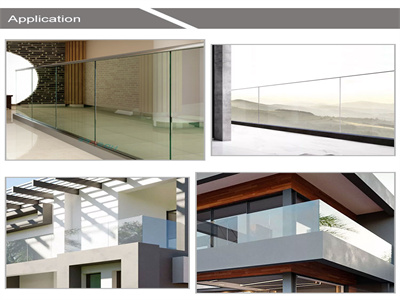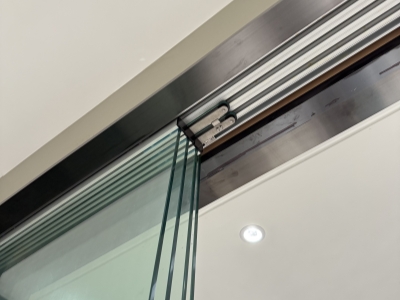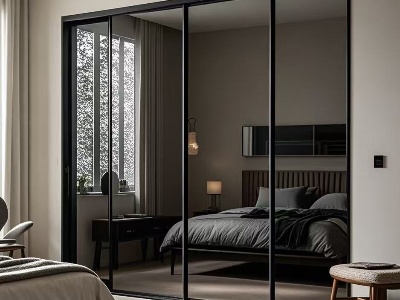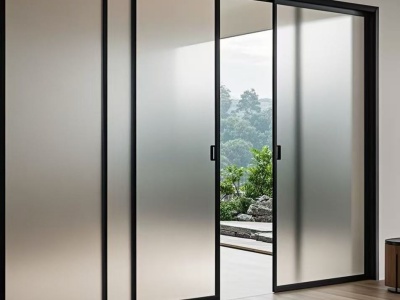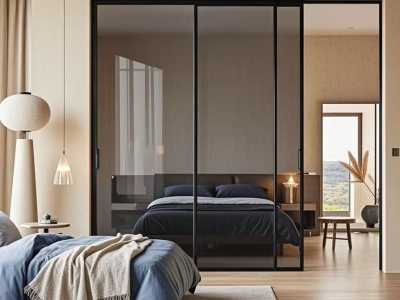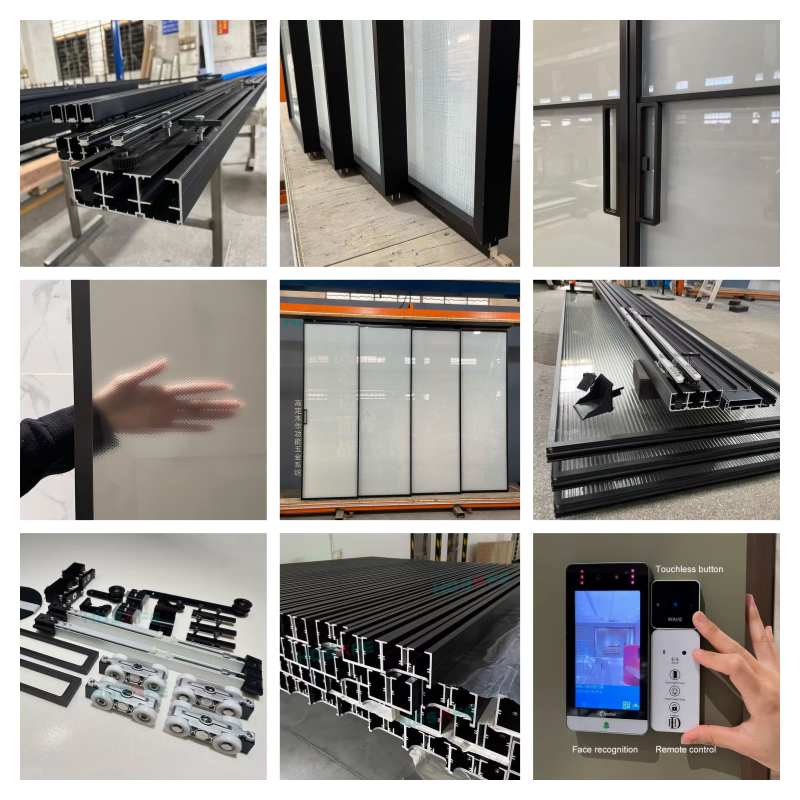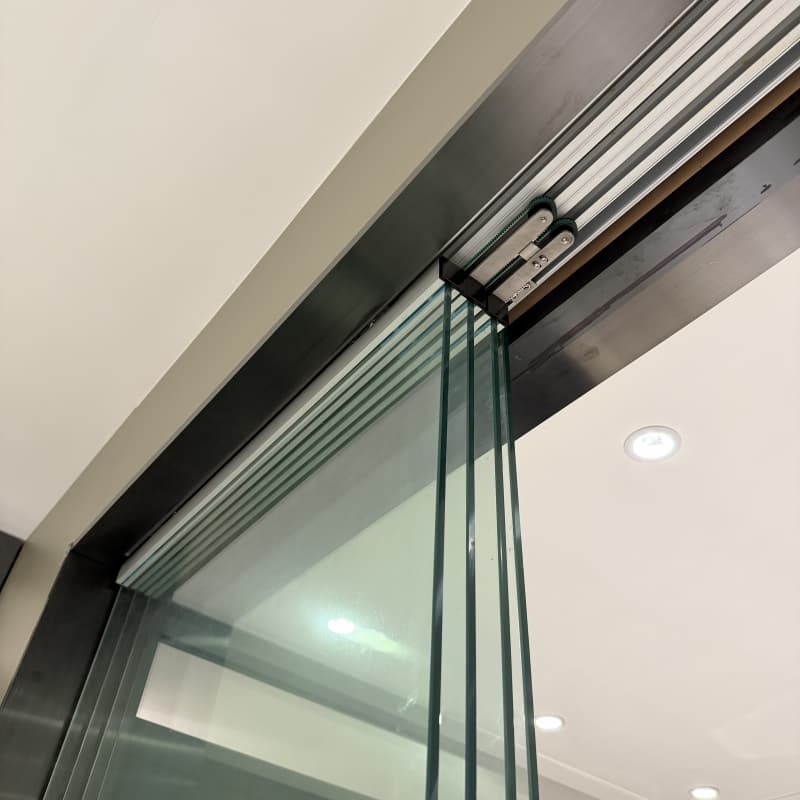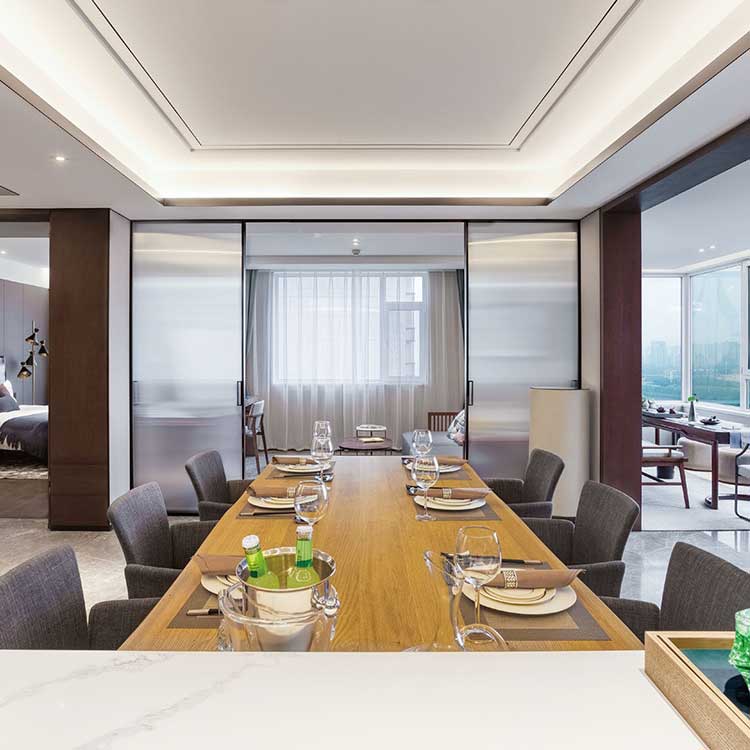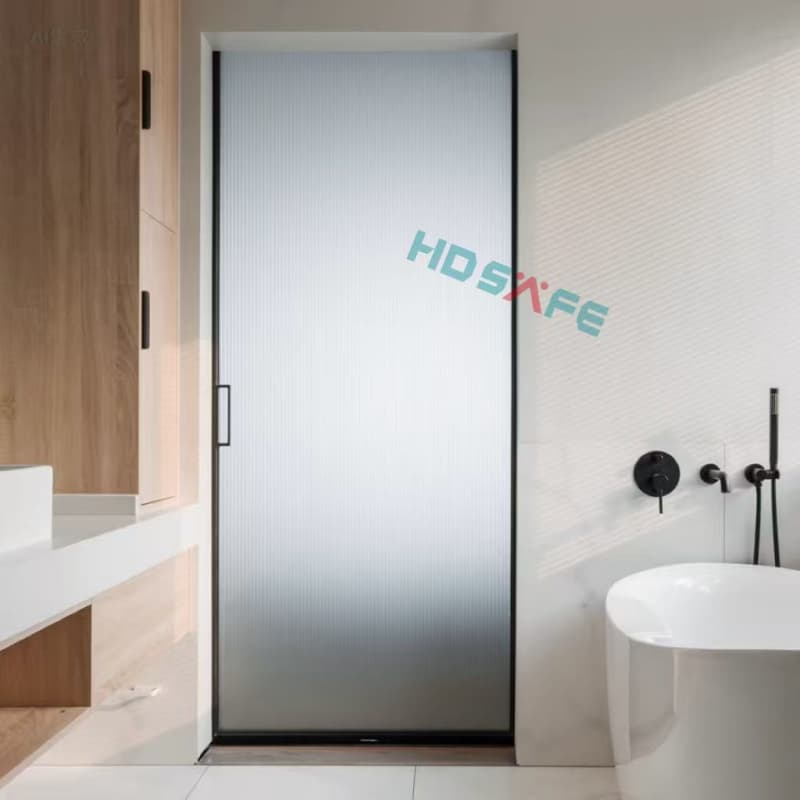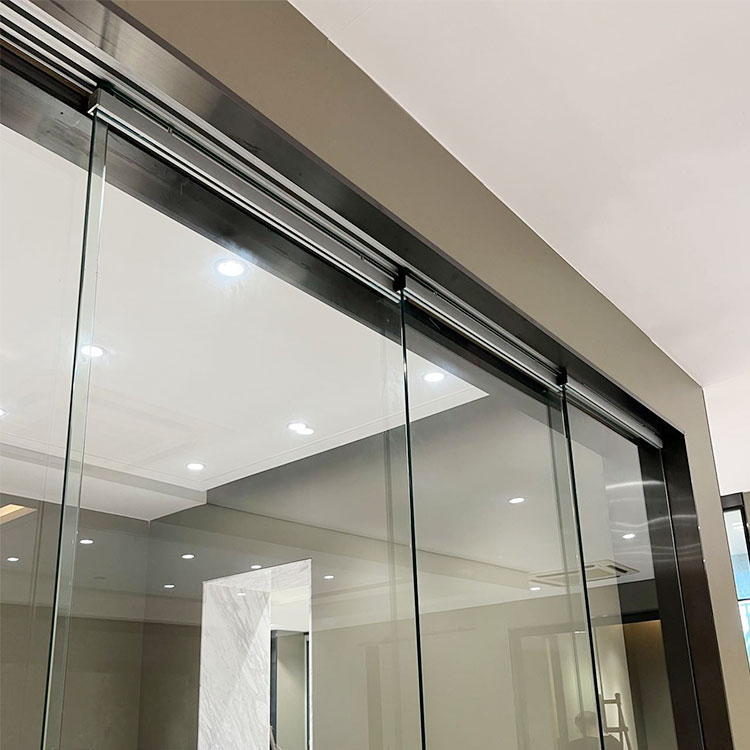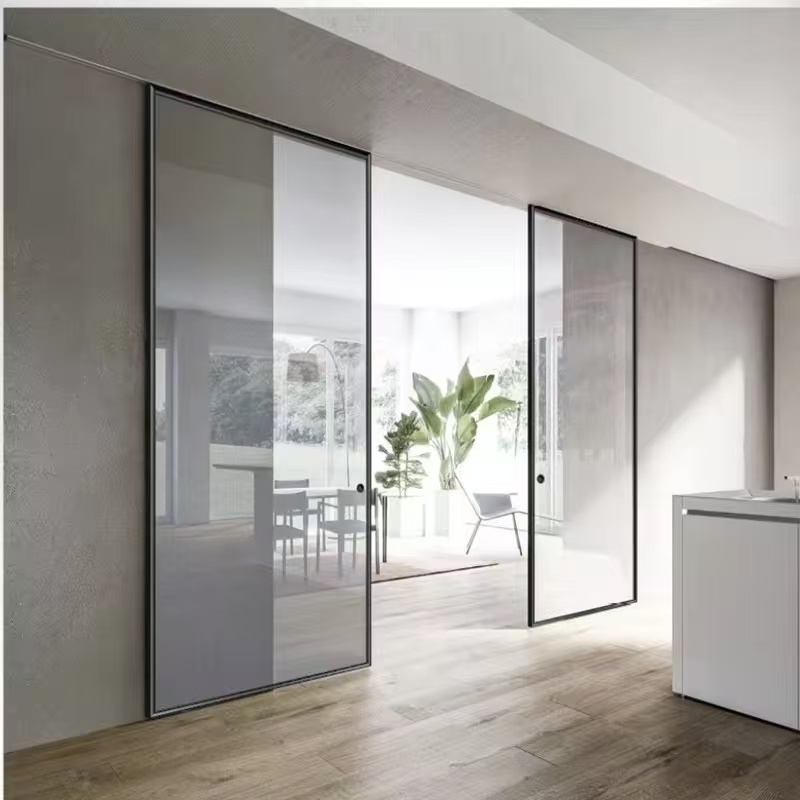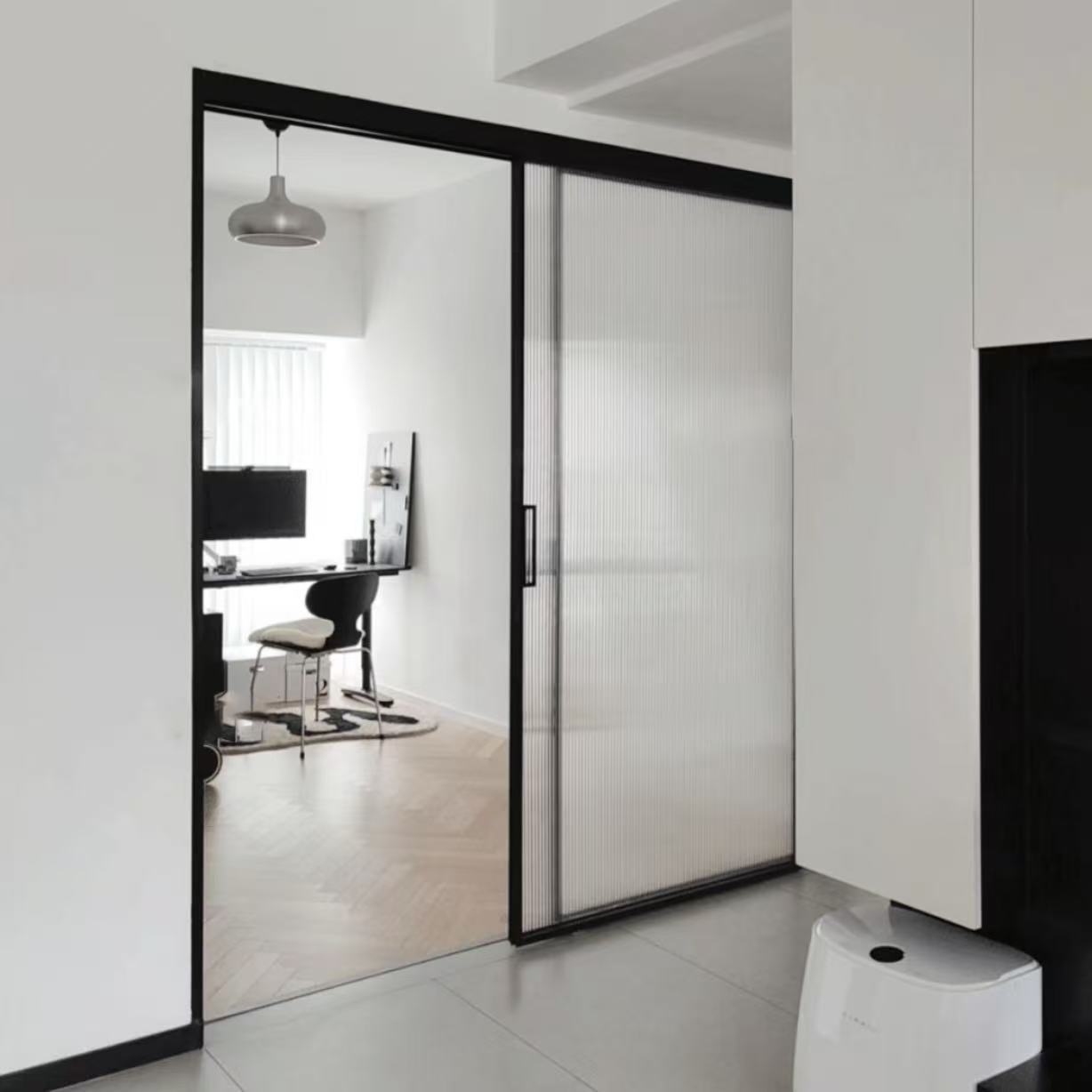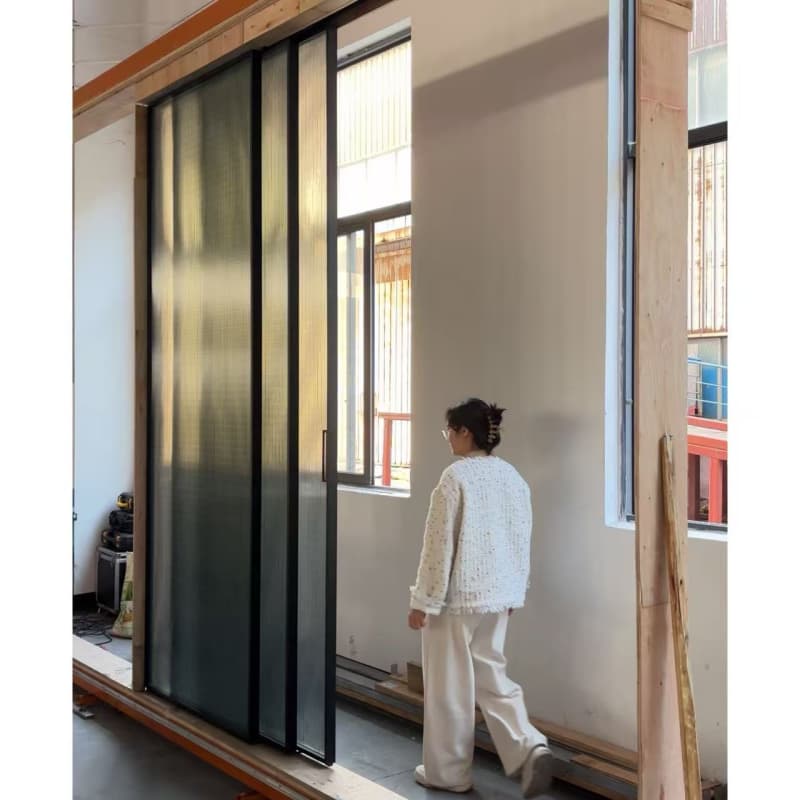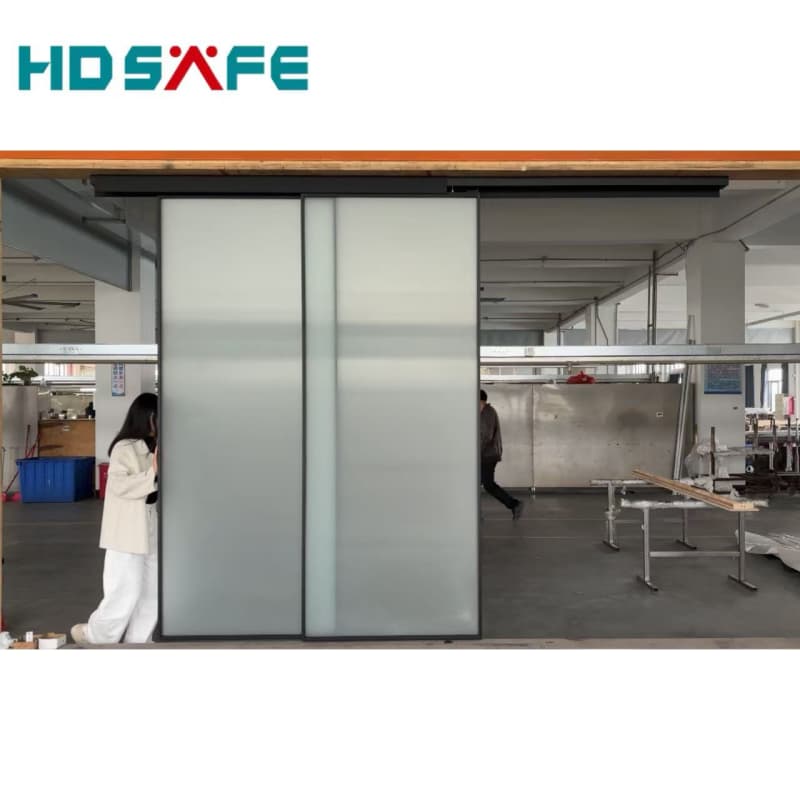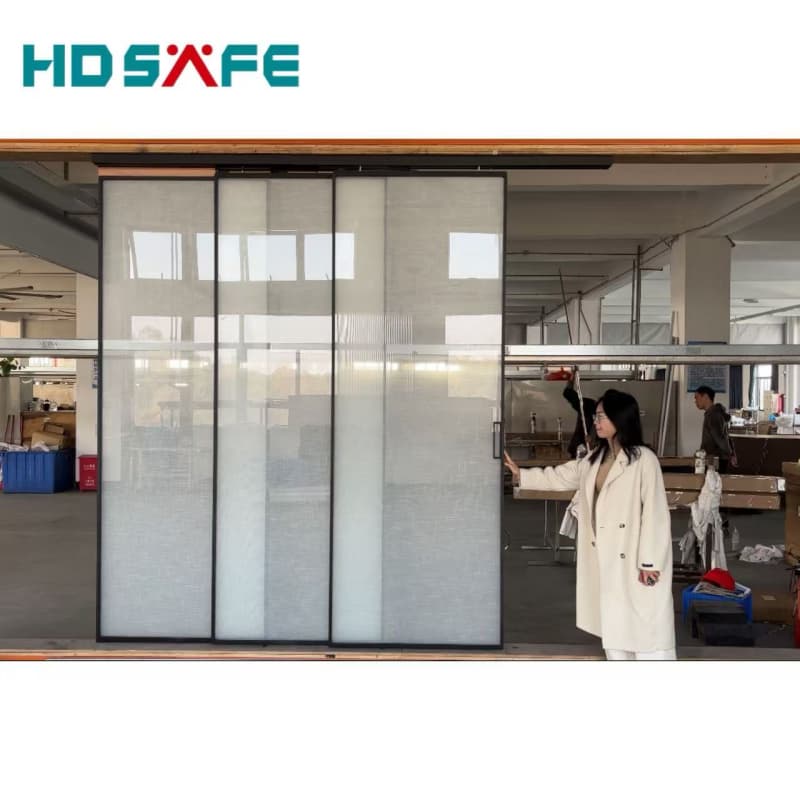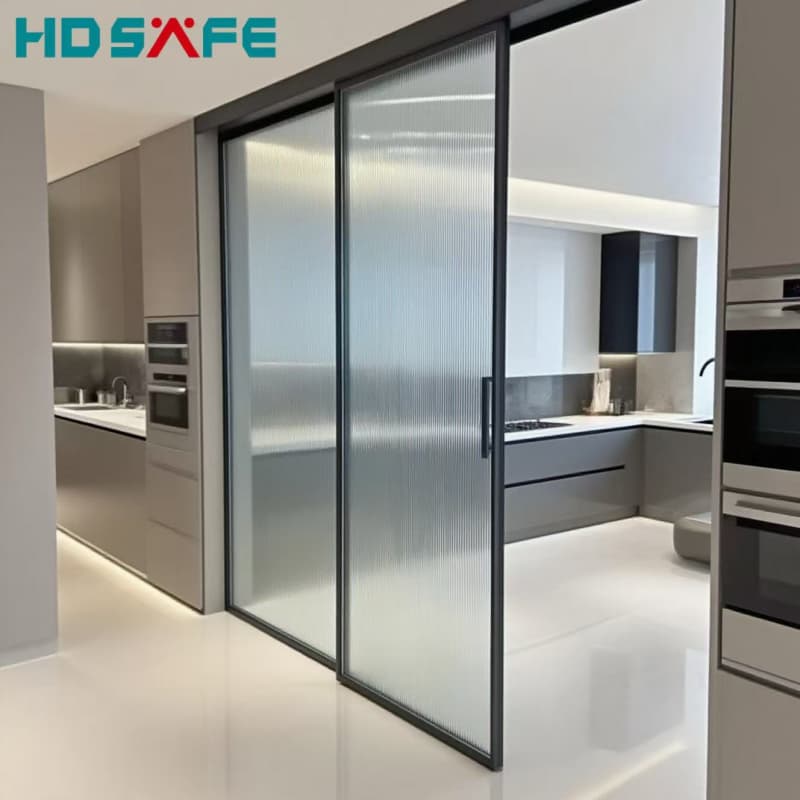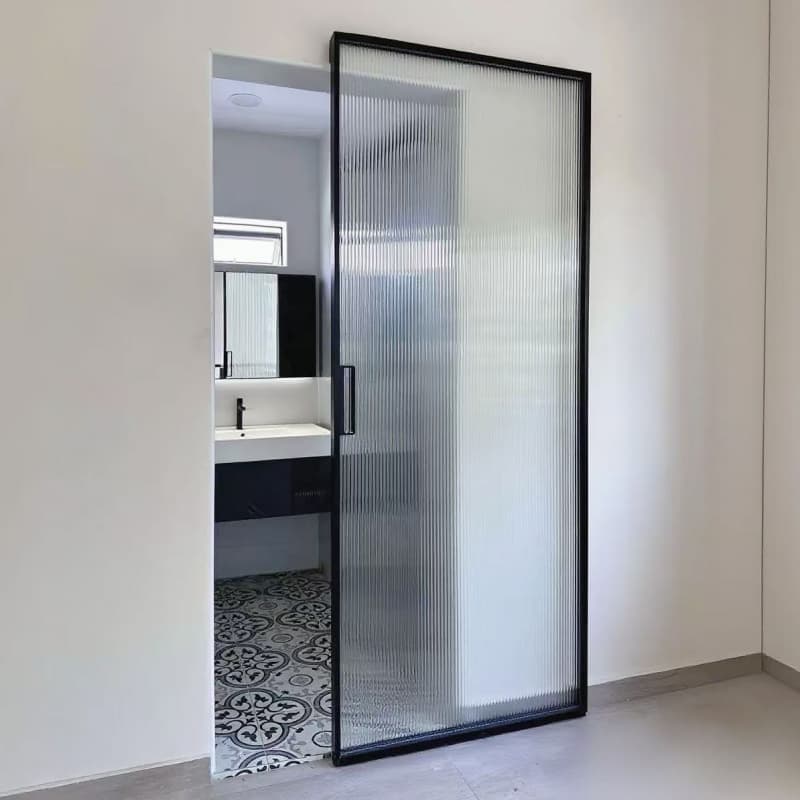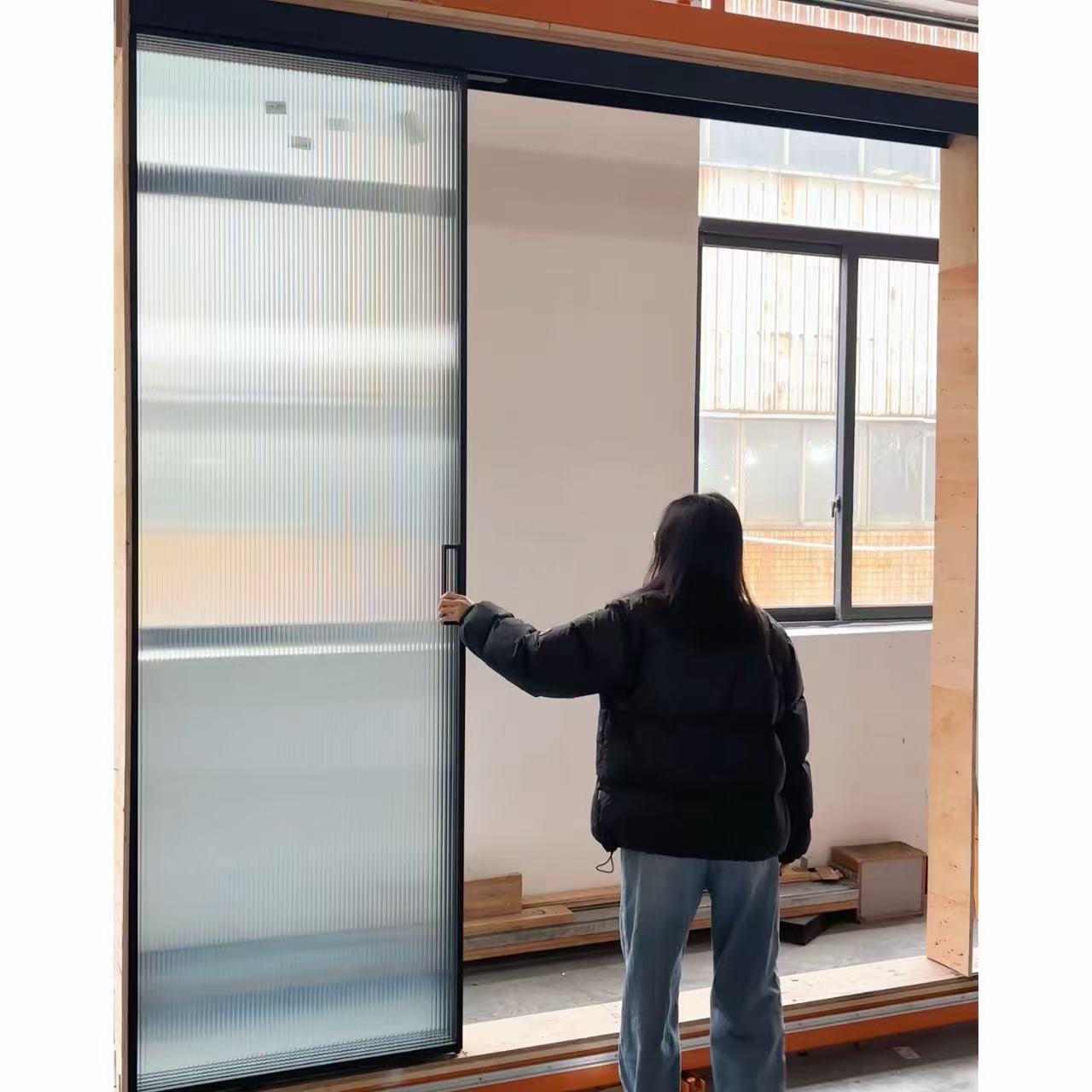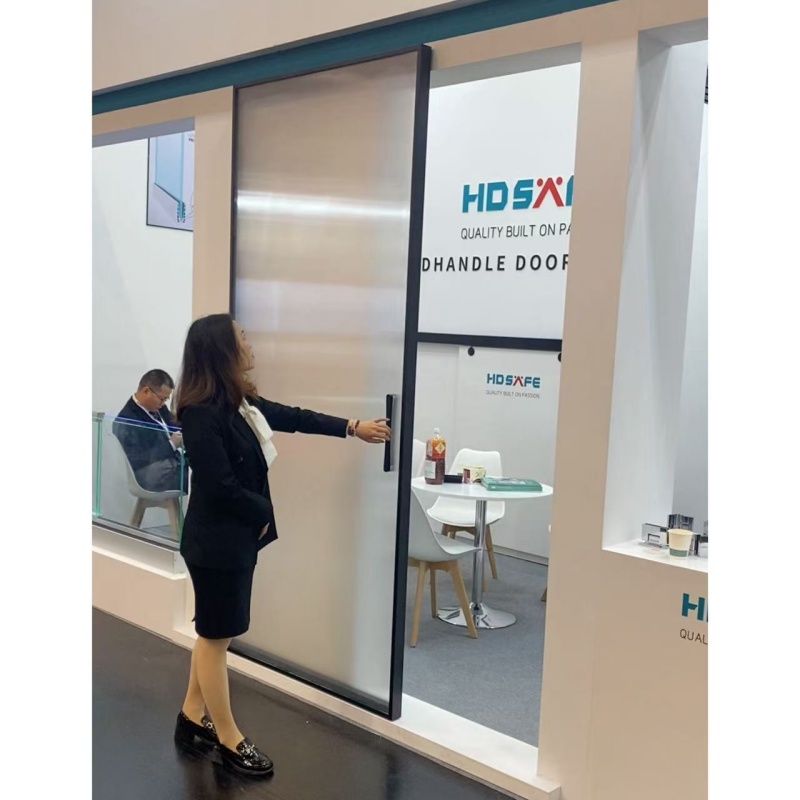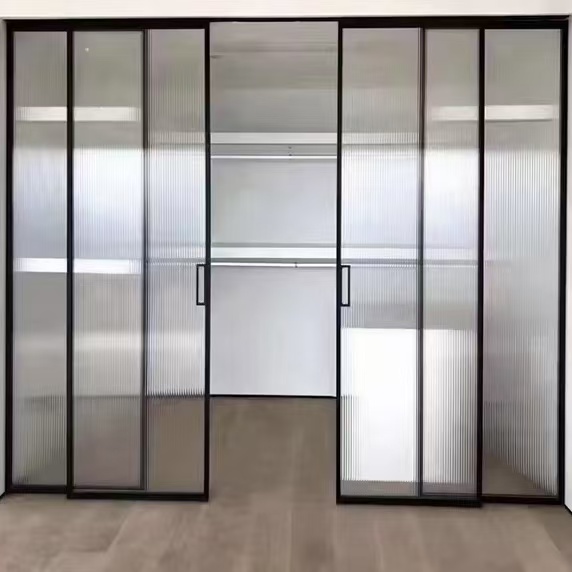The Evolution and Functionality of Automatic Sliding Doors: A Comprehensive Guide
Automatic sliding doors have become an integral part of modern architecture and infrastructure, seamlessly blending convenience, safety, and aesthetics. These doors are widely used in various settings, including office buildings, shopping malls, hospitals, airports, and even residential homes. Their popularity stems from their ability to enhance accessibility, improve energy efficiency, and create a welcoming atmosphere. In this article, we will delve into the history, technology, benefits, and future prospects of automatic sliding doors, offering a comprehensive guide to understanding their significance in our daily lives.
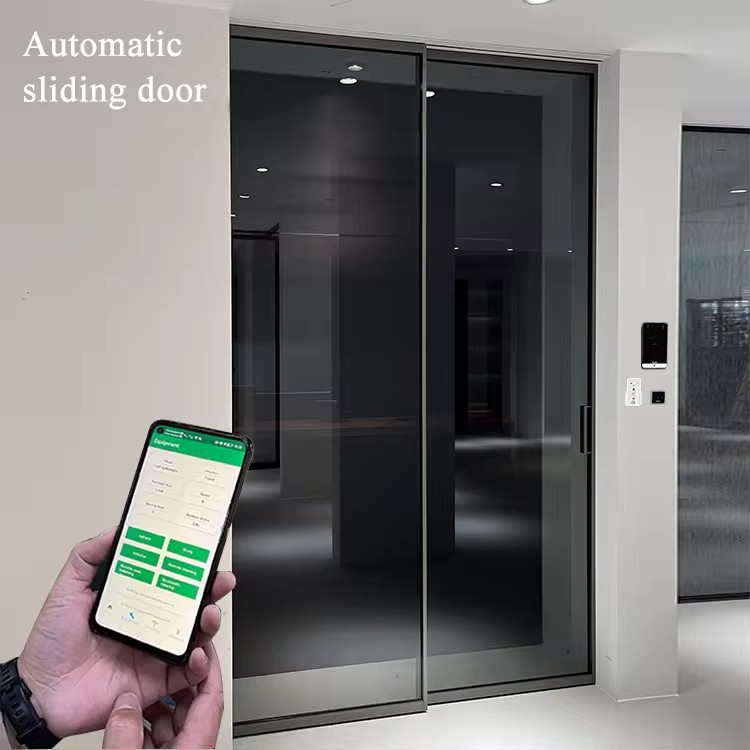
The History of Automatic Sliding Doors
The concept of automatic sliding doors dates back to ancient civilizations, where early forms of doors that opened and closed automatically were used in temples and palaces. However, the modern automatic sliding door, as we know it today, was developed in the 20th century. The invention of the automatic sliding door can be attributed to Dee Horton and Lew Hewitt, who, in 1960, developed the first commercially viable automatic sliding door system. Their innovative design utilized a mat actuator that triggered the door to open and close when stepped on. This invention revolutionized the way people entered and exited buildings, making it more convenient and efficient.
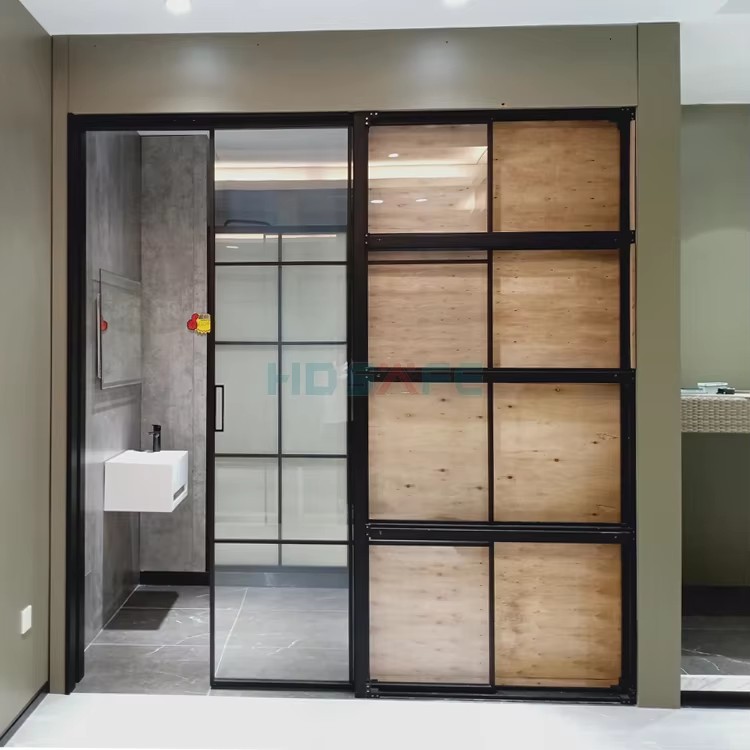
How Automatic Sliding Doors Work
Automatic sliding doors operate using a combination of sensors, motors, and control systems. The primary components of an automatic sliding door system include:
-
Sensors: Sensors are the primary means of detecting the presence of individuals or objects. There are two main types of sensors used in automatic sliding doors: infrared sensors and motion sensors. Infrared sensors detect body heat, while motion sensors detect movement. When a sensor detects a presence, it sends a signal to the control system, which then activates the motor.
-
Motors: Motors are responsible for moving the doors. They are typically electric motors that drive rollers or tracks to slide the doors open and closed. The motors are designed to be quiet and energy-efficient, ensuring smooth operation without disturbing the surrounding environment.
-
Control Systems: The control system is the brain of the automatic sliding door. It receives signals from the sensors and sends commands to the motors to open or close the doors. Modern control systems often include safety features such as obstacle detection and automatic reversal, ensuring that the doors do not close on individuals or objects.
-
Door Panels: The door panels are the physical components that move to create the opening. They are typically made of glass, metal, or wood, depending on the design and aesthetic requirements of the building. The panels are mounted on tracks or rollers, allowing them to slide smoothly along the designated path.
Types of Automatic Sliding Doors
Automatic sliding doors come in various types, each designed to meet specific needs and applications. Some of the most common types include:
-
Single-Panel Sliding Doors: These doors consist of a single panel that slides to one side to create an opening. They are commonly used in small spaces or areas where a single panel is sufficient to accommodate foot traffic.
-
Bi-Parting Sliding Doors: Bi-parting doors consist of two panels that slide in opposite directions, creating a wider opening. They are ideal for high-traffic areas, such as shopping malls and airports, where multiple people need to pass through simultaneously.
-
Center-Opening Sliding Doors: These doors have panels that slide to the center, creating a symmetrical opening. They are often used in commercial buildings and residential homes for their aesthetic appeal and functionality.
-
Telescopic Sliding Doors: Telescopic doors are designed for areas with limited space. They consist of multiple panels that slide into one another, reducing the overall width of the doorway when fully open. This type of door is commonly used in retrofit projects and areas with restricted space.
-
Glass Sliding Doors: Glass sliding doors are a popular choice for their modern and sleek appearance. They provide an unobstructed view, allowing natural light to enter the building and creating an open, airy atmosphere. They are commonly used in residential homes, offices, and retail spaces.
Benefits of Automatic Sliding Doors
Automatic sliding doors offer numerous benefits, making them a preferred choice in various settings. Some of the key advantages include:
1. Convenience and Accessibility
One of the primary benefits of automatic sliding doors is their convenience. They eliminate the need for manual operation, allowing individuals to enter and exit buildings with ease. This is particularly beneficial for people with mobility challenges, such as the elderly, individuals with physical disabilities, and parents with strollers. The ease of use provided by automatic sliding doors promotes inclusivity and accessibility, ensuring that everyone can access buildings without difficulty.
2. Energy Efficiency
Automatic sliding doors contribute to energy efficiency in several ways. By creating an airtight seal when closed, they help maintain the internal temperature of the building, reducing the load on heating and cooling systems. This can lead to significant energy savings, lower utility bills, and a reduced carbon footprint. Additionally, many modern automatic sliding doors are designed with energy-efficient motors and sensors, further minimizing energy consumption.
3. Enhanced Safety and Security
Automatic sliding doors are equipped with advanced safety features that enhance the safety and security of building occupants. Sensors and obstacle detection systems ensure that the doors do not close on individuals or objects, reducing the risk of accidents and injuries. Many doors also include emergency exit features, allowing for quick and safe evacuation in case of an emergency. Furthermore, the controlled access provided by automatic sliding doors can help prevent unauthorized entry, enhancing the security of the building.
4. Aesthetic Appeal
Modern automatic sliding doors are designed with sleek and contemporary aesthetics that complement the overall design of the building. Glass panels, in particular, provide an unobstructed view, allowing natural light to enter and creating a bright, inviting atmosphere. The use of high-quality materials and finishes ensures that automatic sliding doors add to the visual appeal of the building, making them a popular choice for architects and designers.
5. Reduced Maintenance
Automatic sliding doors are designed for durability and ease of maintenance. The use of high-quality materials, such as tempered glass and stainless steel, ensures that the doors can withstand heavy use and harsh environmental conditions. Many automatic sliding door systems come with self-diagnostic features that alert maintenance personnel to any potential issues, allowing for prompt repairs and minimizing downtime. Regular maintenance, such as cleaning the tracks and sensors, can further extend the lifespan of the doors and ensure their optimal performance.
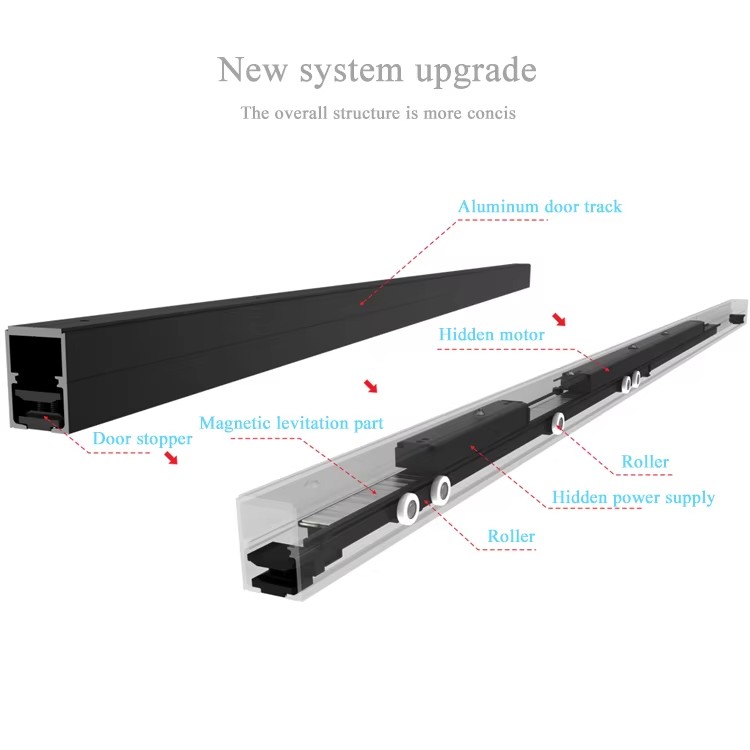
Applications of Automatic Sliding Doors
Automatic sliding doors are used in a wide range of applications, from commercial buildings and public spaces to residential homes and healthcare facilities. Their versatility and functionality make them suitable for various settings, each with unique requirements. Some common applications include:
1. Commercial Buildings
In commercial buildings, automatic sliding doors are used to create a welcoming and efficient entrance for employees and visitors. They are commonly found in office buildings, retail stores, and restaurants, where they provide a seamless transition between the indoor and outdoor environments. The use of automatic sliding doors in commercial settings not only enhances convenience but also contributes to the overall image and professionalism of the establishment.
2. Shopping Malls and Retail Spaces
Shopping malls and retail spaces benefit greatly from the use of automatic sliding doors. These doors create a wide and accessible entrance, accommodating large volumes of foot traffic and enhancing the shopping experience for customers. The sleek and modern appearance of automatic sliding doors also contributes to the overall ambiance of the retail space, attracting and retaining customers.
3. Hospitals and Healthcare Facilities
Automatic sliding doors are essential in hospitals and healthcare facilities, where they ensure unobstructed access for patients, staff, and visitors. The presence of automatic sliding doors in hospitals helps maintain hygiene and cleanliness, as they reduce the need for individuals to touch doors manually. Additionally, the smooth operation of automatic sliding doors minimizes noise levels, creating a quieter and more comfortable environment for patients and staff.
4. Airports and Transportation Hubs
Airports and transportation hubs rely on automatic sliding doors to facilitate the smooth flow of passengers. These doors are commonly used in terminals, ticketing areas, and boarding gates, where they provide a seamless and efficient entrance for travelers. The use of automatic sliding doors in transportation hubs helps reduce congestion, improves accessibility, and enhances the overall passenger experience.
5. Residential Homes
In residential homes, automatic sliding doors are used to create a convenient and modern entrance. They are often installed in garages, patios, and backyards, providing easy access to outdoor spaces. The sleek and contemporary design of automatic sliding doors adds to the aesthetic appeal of the home, making them a popular choice among homeowners.
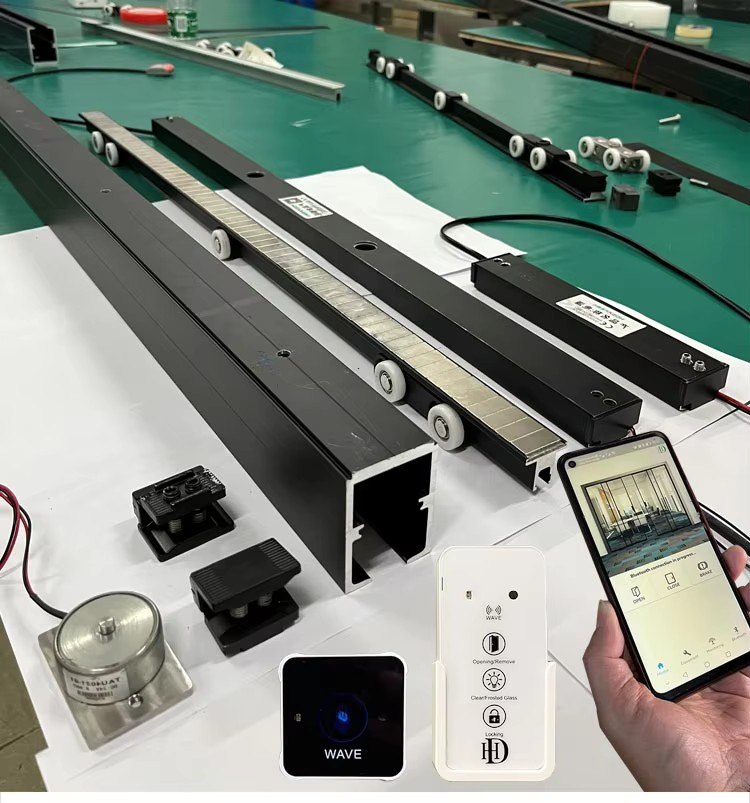
Future Trends in Automatic Sliding Doors
As technology continues to advance, the future of automatic sliding doors is poised for significant innovation and improvement. Some of the key trends and developments that are expected to shape the future of automatic sliding doors include:
1. Integration with Smart Technologies
The integration of automatic sliding doors with smart technologies, such as the Internet of Things (IoT) and artificial intelligence (AI), is expected to enhance their functionality and convenience. Smart automatic sliding doors can be connected to building management systems, allowing for remote monitoring and control. AI-powered sensors can analyze foot traffic patterns and adjust the operation of the doors accordingly, optimizing energy efficiency and user convenience.
2. Enhanced Security Features
Future automatic sliding doors are likely to incorporate advanced security features to enhance the safety and protection of building occupants. Biometric sensors, facial recognition technology, and access control systems can be integrated into automatic sliding doors, providing secure and personalized access to buildings. These features will help prevent unauthorized entry and improve the overall security of the premises.
3. Sustainability and Energy Efficiency
As the focus on sustainability and energy efficiency continues to grow, future automatic sliding doors will be designed to minimize energy consumption and reduce their environmental impact. Innovations in materials, such as energy-efficient glass and insulation, will improve the thermal performance of the doors. Additionally, the use of renewable energy sources, such as solar power, to operate the doors will contribute to a more sustainable and eco-friendly built environment.
4. Customization and Design
The demand for customized and designer automatic sliding doors is expected to increase, as building owners and designers seek to create unique and visually appealing spaces. Future automatic sliding doors will offer a wide range of customization options, including different materials, finishes, and configurations, allowing for tailored solutions that meet the specific needs and preferences of each project.
5. Accessibility and Inclusivity
As society becomes more inclusive, the design and functionality of automatic sliding doors will continue to prioritize accessibility for all individuals. Future doors will incorporate advanced sensors and control systems that ensure smooth operation for people with disabilities, elderly individuals, and those with limited mobility. Universal design principles will be applied to create doors that are accessible and user-friendly for everyone.
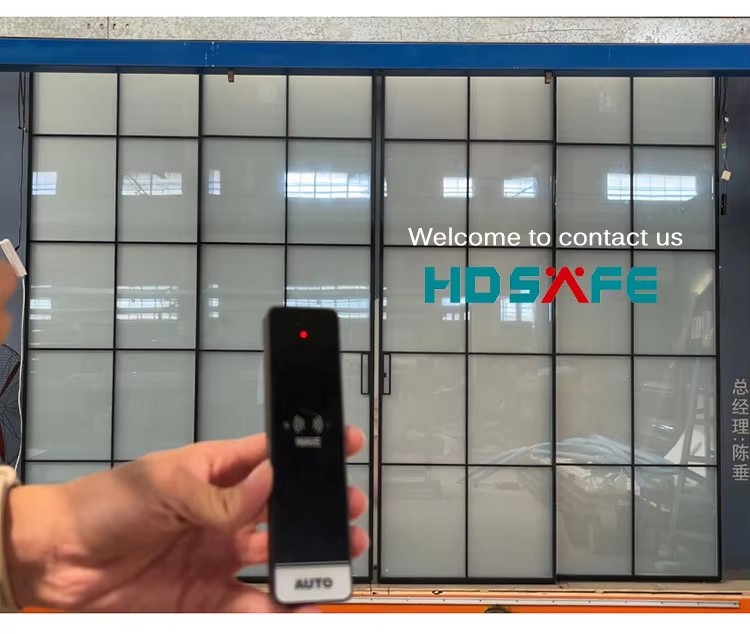
Conclusion
Automatic sliding doors have revolutionized the way we enter and exit buildings, offering convenience, accessibility, and energy efficiency. Their evolution from manual to automatic operation has transformed the architectural landscape, making them a staple in commercial, residential, and public spaces. The benefits of automatic sliding doors, including enhanced safety, aesthetic appeal, and reduced maintenance, make them a popular choice for various applications. As technology continues to advance, the future of automatic sliding doors holds exciting possibilities, with innovations in smart technologies, sustainability, customization, and accessibility shaping the way we interact with these essential building features. By understanding the history, functionality, and benefits of automatic sliding doors, we can appreciate their significance in our daily lives and look forward to a future where they play an even greater role in our built environment.





 Home
Home May 20,2025
May 20,2025 
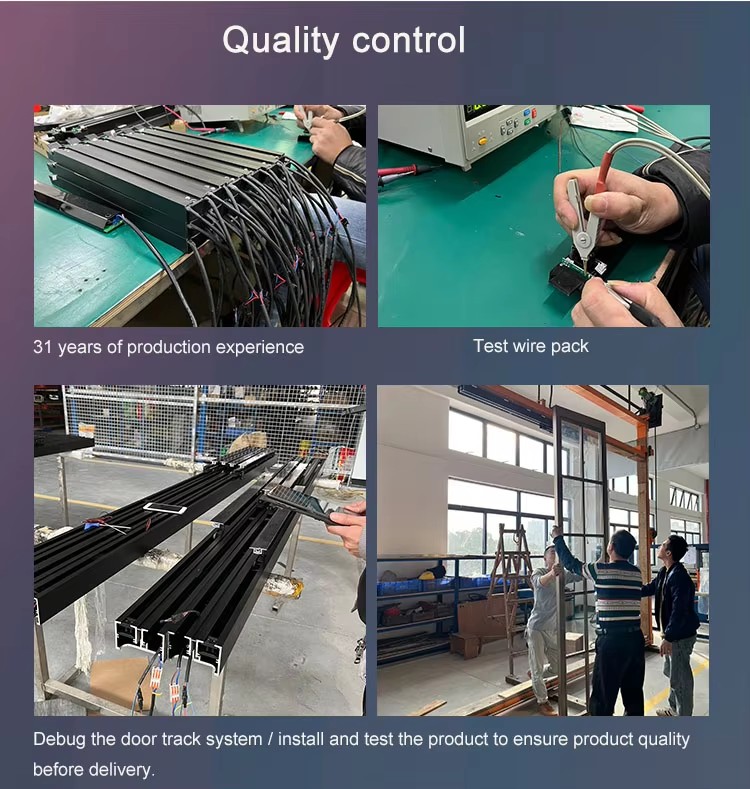
 What Are Automatic Sliding Doors?
What Are Automatic Sliding Doors? 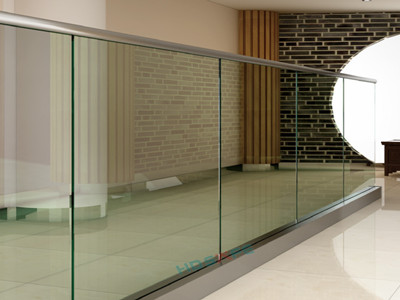
 Mar 25,2025
Mar 25,2025 
